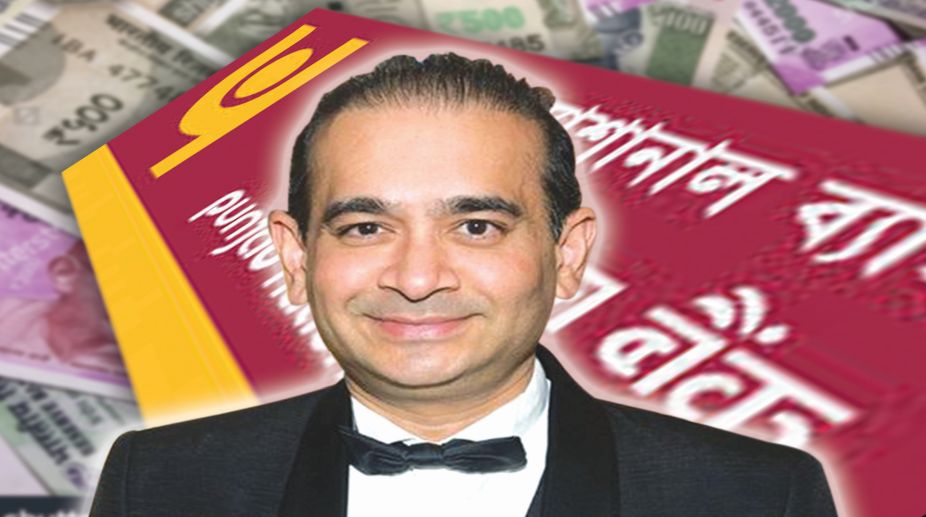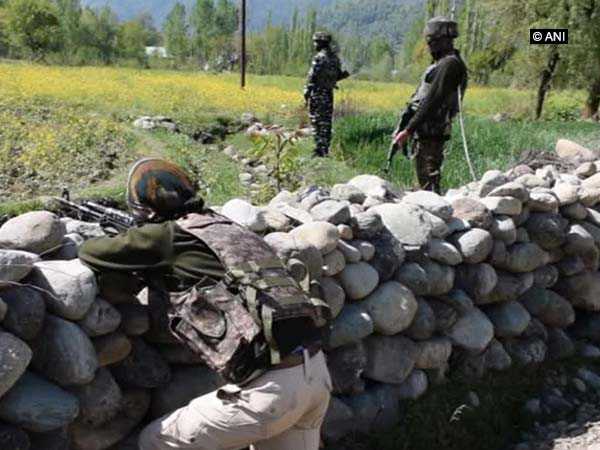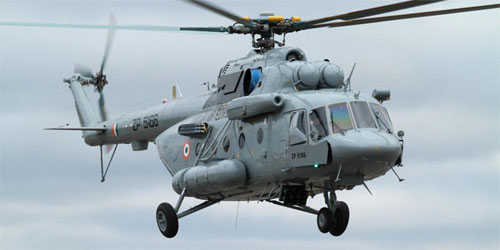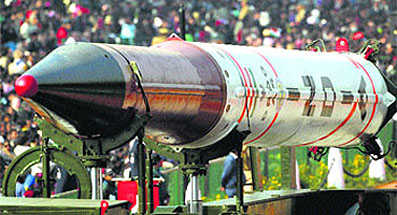
Indian democracy is designed on the Westminister model, and it proximates the structural moorings of the same rules and regulations of governance. Beyond the trumpeted statistics as the ‘world’s largest democracy’, the grim reality of the dismal condition of its institutions ~ legislature, judiciary and executive ~ showcases a huge gap between the two ‘mature’ democracies. The principle of counter-balancing institutions to preserve the spirit of the Indian Constitution has been compromised because of inefficiency, overreach and factionalism. This has resulted in a ‘moral crisis’ in addition to the functional ineptitude. The foundational temper and conscience which influenced the freedom struggle and then the profundity of the Constitution envisages a certain behavioural ‘morality’ from its leadership to uphold the Constitution’s principles, directives and duties. Honest ownership of actions and responsibilities, irrespective of their implications is one of the most basic, and sadly waning attributes in the Indian narrative.
In 1956, owning ‘moral’ responsibility, the then Railway Minister Lal Bahadur Shastri had tendered his resignation following the Ariyalur train disaster. His honesty was not recognised as weakness as he later went on to become the Home Minister and then, the Prime Minister. This template of moral probity, rectitude and conscience has since then been too scarce. Not that such decisions rooted in individual ‘conscience’ can absolve the establishment from the serious allegations of neglect, wrongdoing or inaction; but it can surely sensitise, galvanise and improvise the entire value-chain of governance, into immediate course-correction. Today, the concept of ‘head-rolling’ has acquired a very sinister, undemocratic and convenient dimension. In order to assuage the public pressures of immediate action, the axe usually falls on lower-level administrative functionaries who become cannon fodder to hide the systemic rot. The other escape mechanism is to sidestep the blame with the standard accusations of a ‘political conspiracy’.
Contrast this with the response of the previous British Prime Minister, David Cameron who on being named (not convicted) in the Panama leaks, admitted, “I know that I should have handled this better, I could have handled this better. I know there are lessons to learn and I will learn them” and went on to accept the blame by saying, “Don’t blame Number 10 Downing Street or nameless advisers, blame me”. Later on the crucial Brexit referendum, the results of which were not legally binding and were only of persuasive import, Mr Cameron accepted ‘moral’ defeat by resigning from the post of Prime Minister. He said: “British people have made a very clear decision to take a different path, and as such I think the country requires fresh leadership to take it in this direction”. His preferred position of ‘stay’ versus ‘exit’ had narrowly lost out ~ 52 to 48. At the age of 49, Mr Cameron who had once stated that “I was the future once”, assumed ‘moral’ responsibility for his action and resigned. Today, he serves as the President of Alzheimer’s Research UK, to campaign for medical research funding!
Unfortunately in India, there seems to be no accountability or responsibility of leadership for any acts of commission or omission. From the recent PNB scam, CBSE exam leak, Rafale deal, minority-lynching and so on, the promised change by the ‘Party with a difference’ is sadly a continuum of fate for the common man. Spin-doctoring of facts and figures has been elevated to a fine art by glib spokespersons, who blunt each accusation with either a stoic silence or an aggressive counter-recital of ‘facts’ that clinically detail worse statistics and scale of misfortune during previous dispensations. The language in the accompanying social media is derisive and carefully couched in semantics that willy-nilly juxtapose every contrarian view into portents that are ultra-nationalistic, religious or exclusivist.
Even executive decisions on matters of economics, trade and commerce such as Demonetisation, were bizarrely contexualised and equated to questioning the ‘Indian Soldier’! The deflective dissonance and empty posturing following any fresh scam distracts from any substantial acceptance, introspection and ‘head-roll’ on account of any dereliction in accountability and responsibility.
Certain institutions like the Armed Forces and the Judiciary, which are (were?) relatively spared the intrusion of the politico-bureaucratic obfuscation, rise to the occasion and deliver as they have their own system of meritocracy, discipline and accountability. Often, these institutions have to outstretch beyond their defined-mandate to deliver when the other political and administrative entities betray inability, incapability or fear to do so. The operative expression in the Armed Forces is to deliver even ‘at the cost of paying the ultimate price’. Such undiluted leadership traits of ‘leading from the front’ have ensured that the institution has the highest officer-to-soldier casualty ratio in the world. However, the winds sweeping the guarded barracks or even the precincts of courtrooms are not spared the corrosive impact of the societal decay that could stymie institutional efficacy of these last government bastions of responsibility.
For India’s democracy to grow further, all political dispensations across the centre and the states have to glorify a culture of probity and transparency, instead of ridicule, jingoism and majoritarian. Democratic instincts need to be honed and strengthened like the RTI Act, instead of disempowering moves like the recently retracted order to potentially deny PIB accreditation to journalists. The modern-day terminology is replete with terms like ‘fake news’, jumlaa, presstitudes that ought to be anathema to a ‘moral’ nation which is proud to be liberal, progressive and inclusive. The promised economic revival has yet to metamorphose, the relationship with the neighbouring countries are at an all-time low with traditional allies like Nepal and Maldives alienated, the minorities are vulnerable, and the agrarian crisis has deepened considerably.
It is true that all of this is not necessarily the creation of the current dispensation, but harping on the past can denude credibility. Neither is questioning the government of the day anti-national. Nor for that matter does it tantamount to siding with the Opposition. It is the duty of all citizens to openly ‘question’ and insist on accountability and responsibility for the good of society and the nation, irrespective of the individual’s political affiliation.
The writer IS Lt Gen PVSM, AVSM (Retd), Former Lt Governor of Andaman & Nicobar Islands & Puducherry



















































































































